
Wheelbarrow , 1923

This is the example custom post type

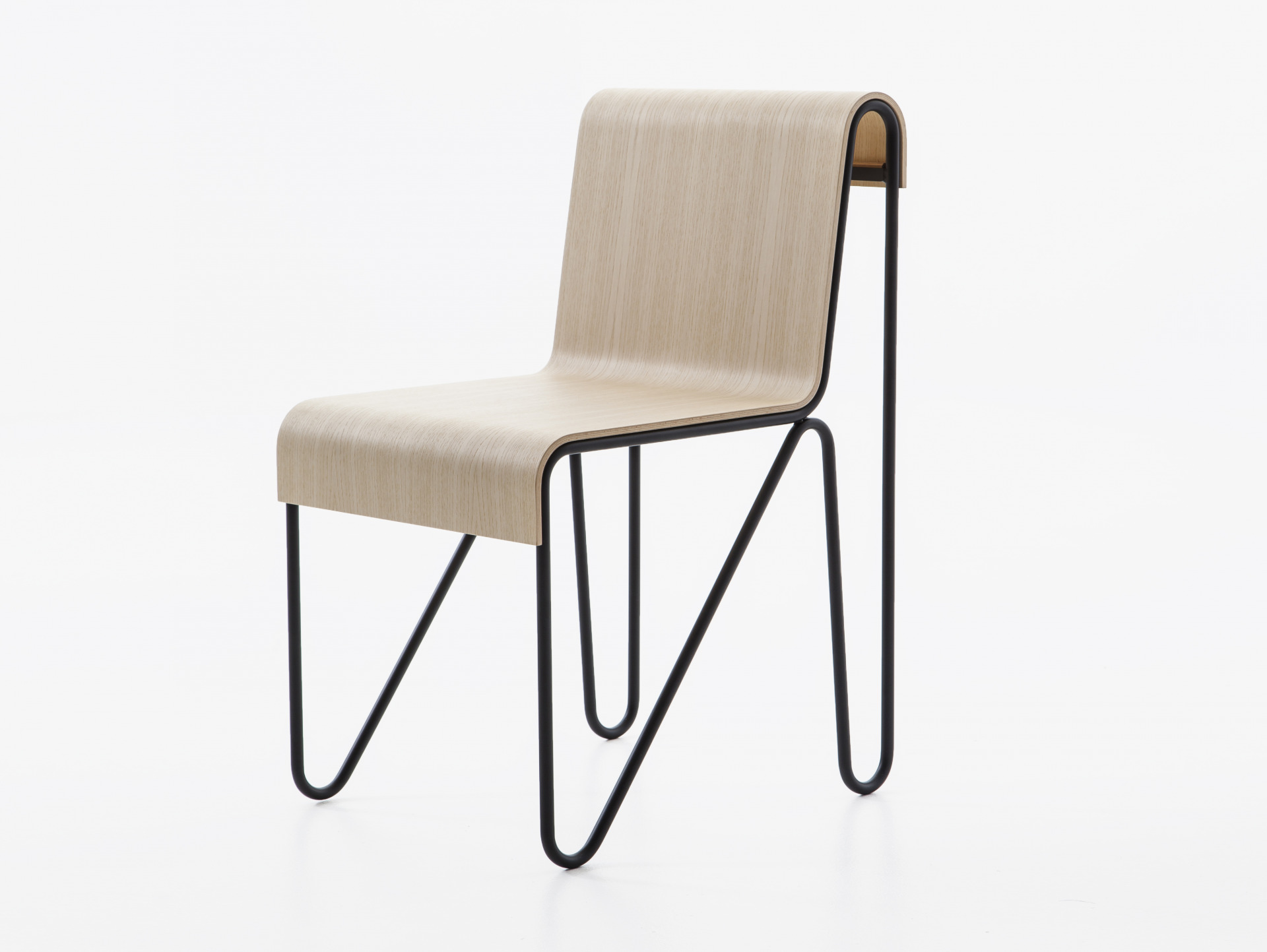
TUBE-FRAMED (BEUGEL) DINING CHAIR, 1927
This chair was one of the first pieces of furniture Rietveld designed using metal. The chair consists of two curved metal tubes, which form both the legs and the frame, to which a curved sheet of plywood is attached that forms the seat and backrest.
He designed different variations, a higher and lower chair, with and without armrests.
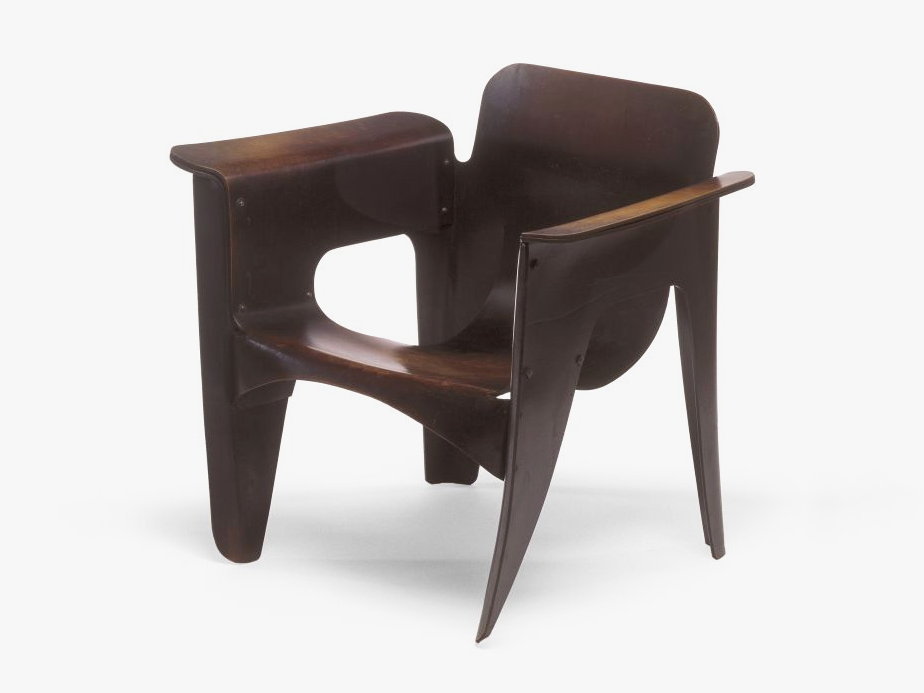
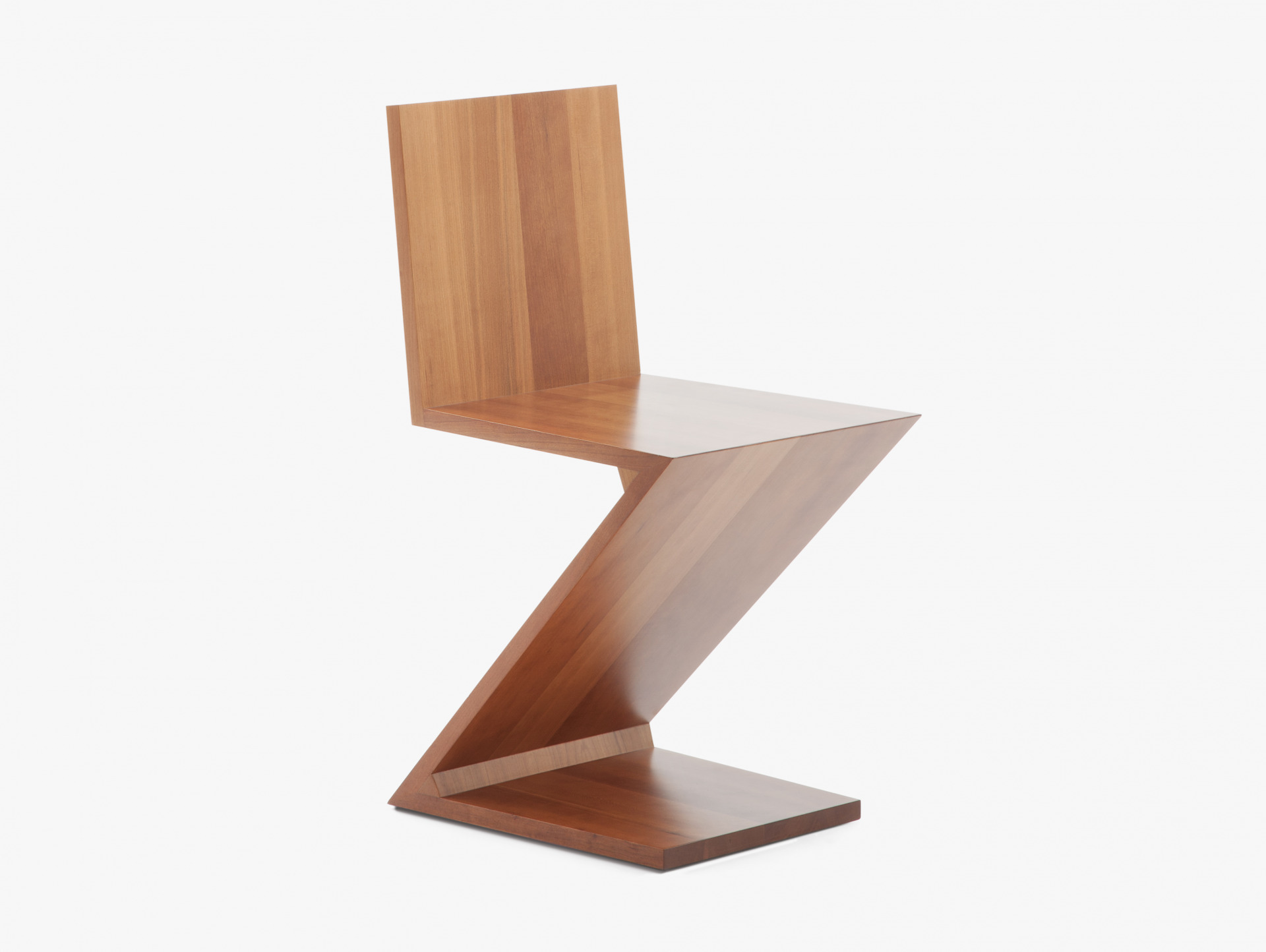
ZIGZAG CHAIR, 1932, AND TABLE, 1935
This chair consists of four wooden planks, which are connected by a dovetail construction, a wedge, screws and bolts. The planks form two sharp corners and an almost 90 degree angle.
Rietveld used a Bruynzeel shelf that cost 90 cents at the time. He described it as a spatial design: “The chair leaves the space intact, a partition in the room. The space in front and behind is not closed off anywhere.” For him, that was the value of the chair, but he also thought it was a constructive joke. He made many variations of this model.
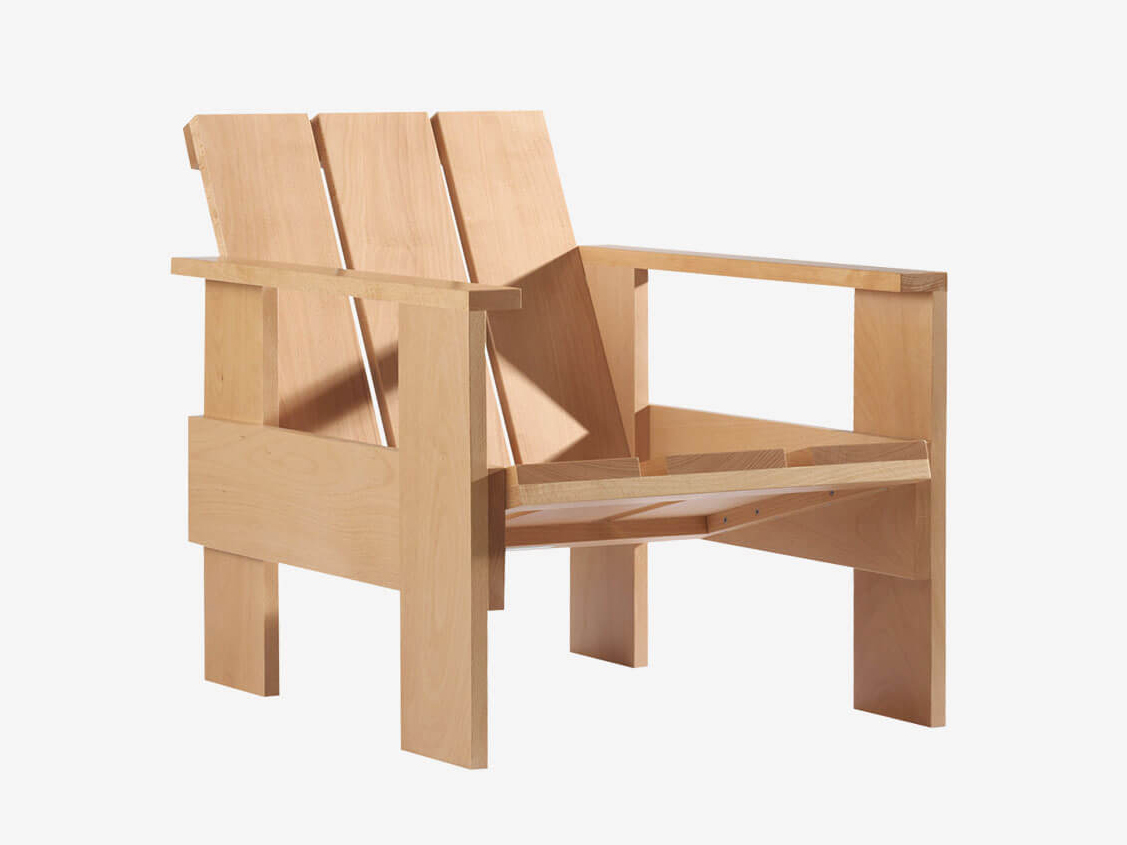
CRATE FURNITURE, 1934
Rietveld designed these from crate wood that was used to wrap furniture for transport. This wood was cheap and in the days of the global depression there was a great need for affordable furniture. In this series he designed an office chair, a low chair, a low table, a higher table, a bookcase and a desk. There were also designs for children, a chair, table and desk.
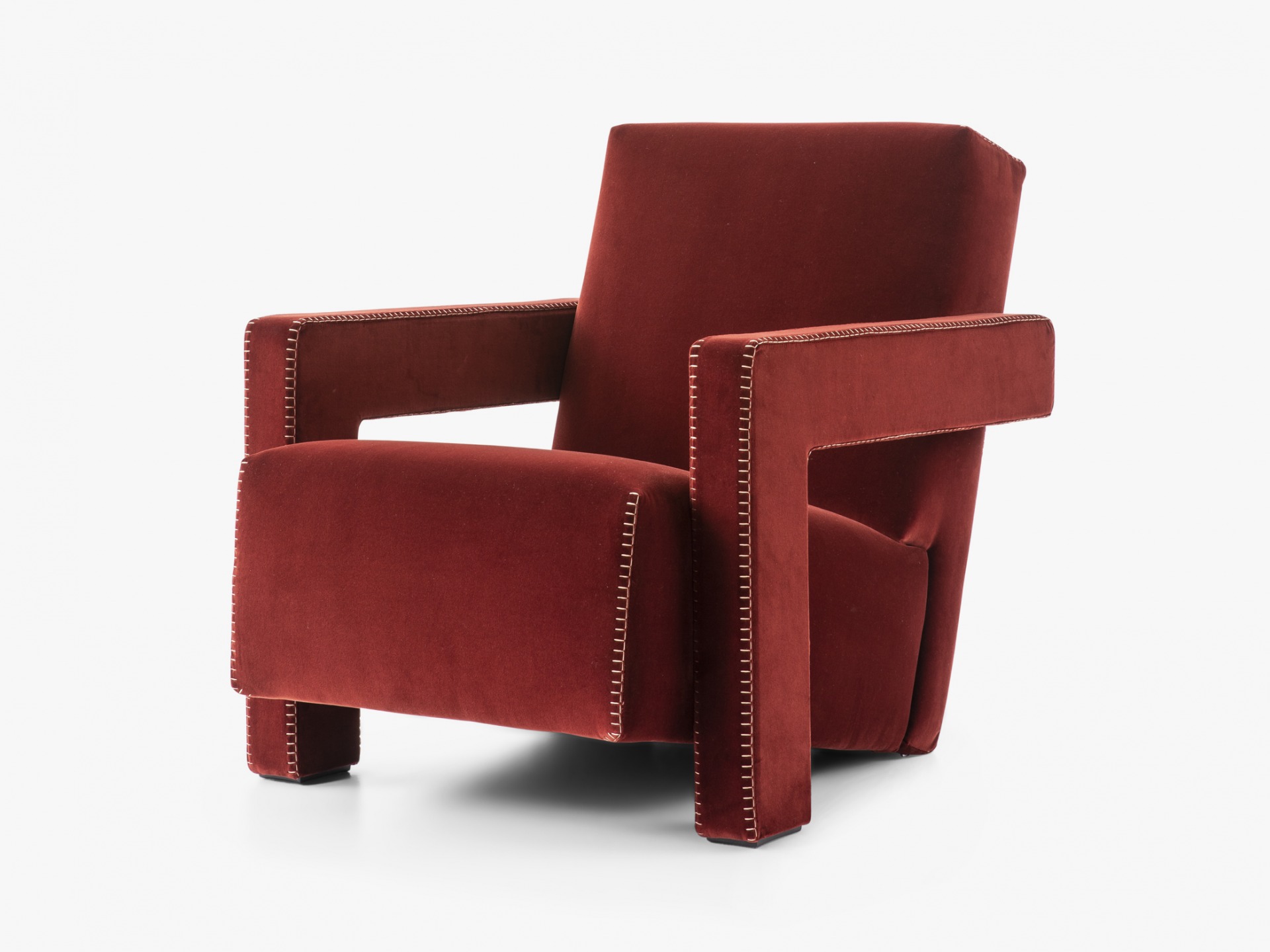
UTRECHT ARMCHAIR, 1935, AND COUCH, 1956
The seat and backrest of this upholstered chair form an angle at that is positioned on the ground to the back of the unit. The front leg and armrest merge into one another and are perpendicular to one another. The benches have the same armrests and a straight or semicircular seat.
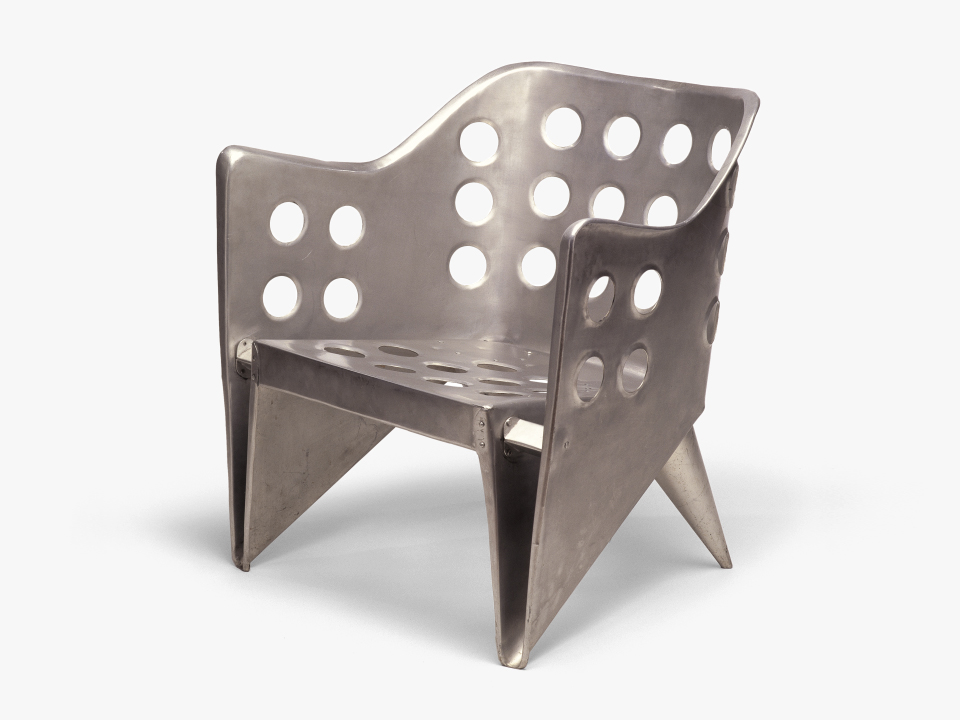

MONDIAL CHAIR, 1958
This chair was designed for the 1958 World Exhibition in Brussels. The chair was developed by Gerrit Rietveld together with his son Wim. The seat, legs and back are welded onto one rod. The chair is available with and without armrests.
Industrial production was and is done on a small scale.
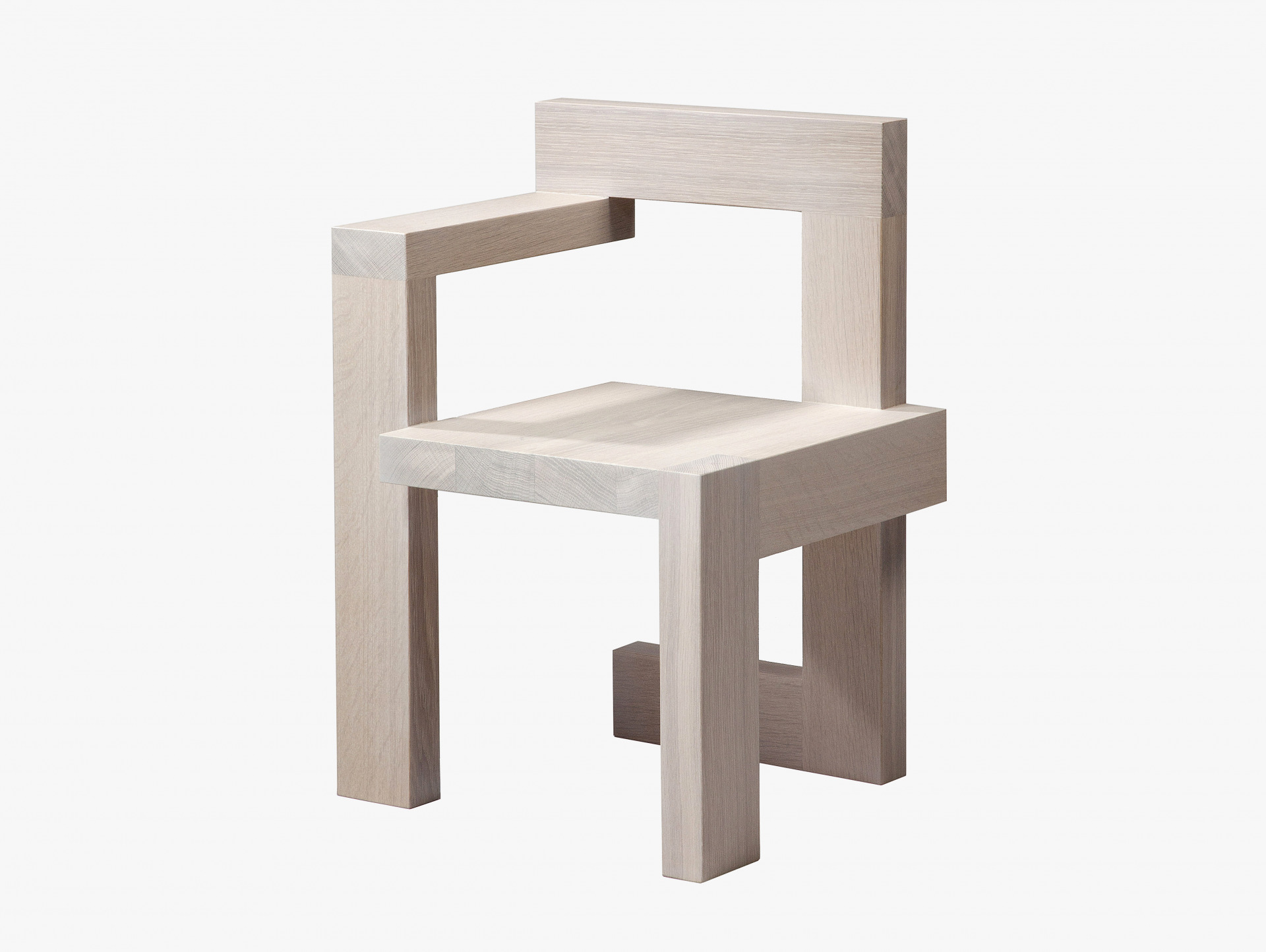
STELTMAN CHAIR, 1963
This is the last furniture design by Gerrit Rietveld. The chair was designed for the interior of the Steltman Jeweller’s shop in The Hague, which he rebuilt. Each part of the chair is asymmetrical, but the whole shows itself as a balanced unit. The original design was made in wood with a white (sky)leather upholstery. Two mirror-image chairs, which together form a whole. These stood in front of a counter where wedding rings were selected.
Later versions of this chair were made in solid wood.